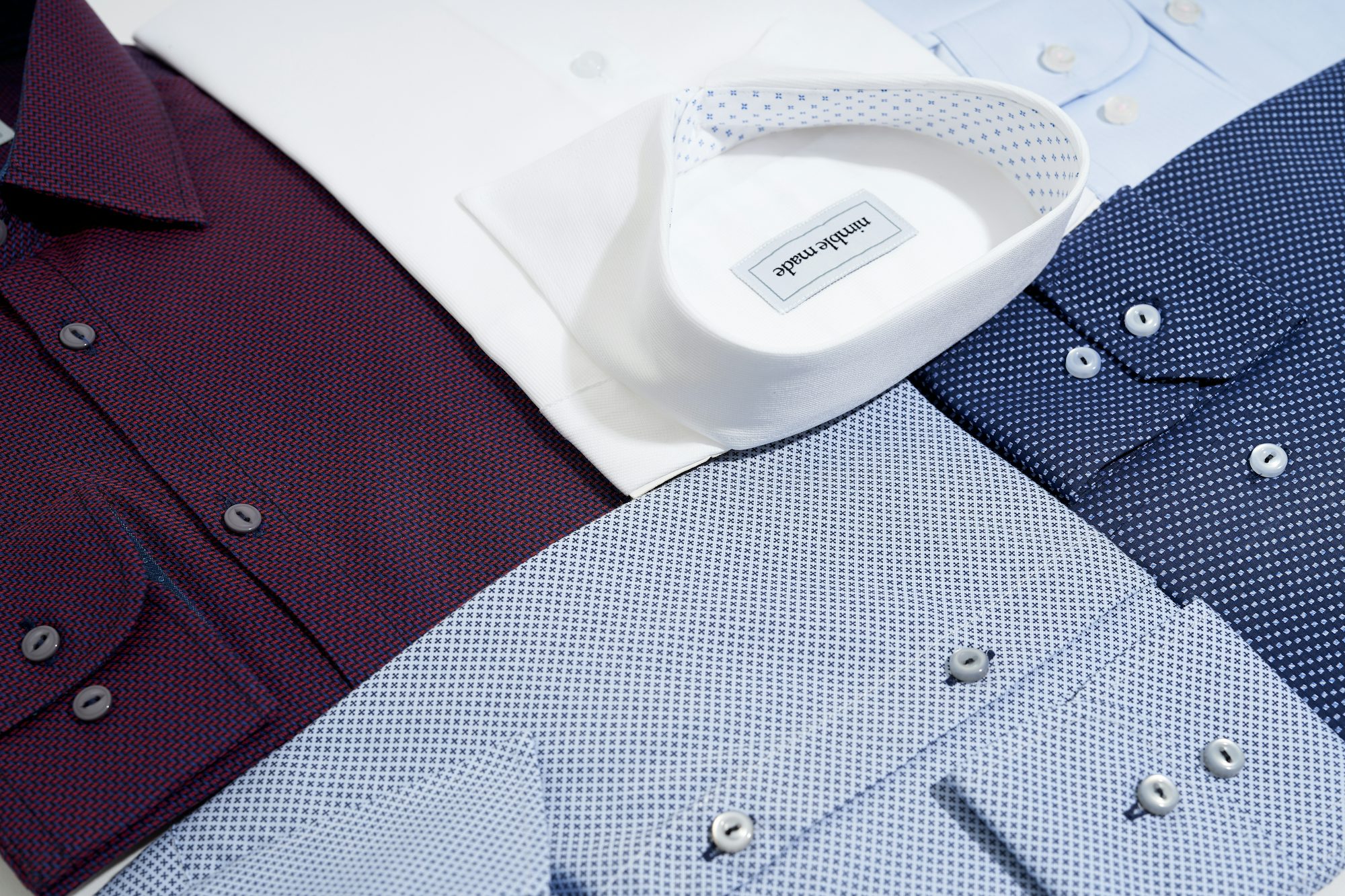Minimalist fashion is a celebration of simplicity, emphasizing clean lines, neutral colors, and functional design. In a world often overwhelmed by excess and clutter, this aesthetic offers a refreshing approach to personal style that prioritizes quality over quantity. This article will delve into the key principles of minimalist fashion, its evolution, and practical tips for creating a minimalist wardrobe that embodies elegance and versatility.
The Principles of Minimalist Fashion
At its core, minimalist fashion is about stripping away the unnecessary to focus on what truly matters. This design philosophy can be broken down into several key principles:
1. Simplicity: The cornerstone of minimalist fashion is simplicity. This is reflected in the use of uncomplicated shapes, limited color palettes, and straightforward designs. By avoiding overly intricate patterns or embellishments, minimalist clothing allows the wearer to convey sophistication without distraction.
2. Quality over Quantity: Minimalism encourages consumers to invest in high-quality pieces that are durable and timeless. Instead of amassing a large wardrobe filled with fast fashion items, minimalists prefer a curated collection of essentials that can withstand the test of time, both in terms of style and durability.
3. Functional Design: Minimalist fashion prioritizes functionality. Each piece is designed with purpose, often incorporating versatile features that allow for multiple styling options. This practicality makes it easier for individuals to mix and match items, creating various looks without needing a vast array of clothing.
4. Neutral Color Palettes: A hallmark of minimalist fashion is the use of neutral colors such as white, black, gray, beige, and navy. These shades create a cohesive and timeless aesthetic, allowing for easy pairing of different pieces. The focus on neutrals also enhances the versatility of a minimalist wardrobe, making it suitable for various occasions.
5. Attention to Detail: While minimalist fashion may appear simple at first glance, it often contains subtle details that elevate the design. This can include unique cuts, textured fabrics, or thoughtful tailoring. These details contribute to the overall aesthetic, ensuring that each piece remains visually interesting without being overwhelming.
The Evolution of Minimalist Fashion
Minimalist fashion has its roots in various movements throughout history, notably the Bauhaus design movement of the early 20th century, which emphasized functionalism and simplicity in art and design. In the 1990s, minimalism emerged as a significant trend in fashion, characterized by designers like Jil Sander and Calvin Klein, who showcased clean silhouettes and understated elegance in their collections.
The late 2010s and early 2020s saw a resurgence of minimalist fashion as consumers became increasingly aware of the environmental impact of fast fashion. This led to a growing interest in sustainable practices, with minimalism aligning seamlessly with the principles of ethical fashion. Brands focusing on sustainable, minimalist designs have gained popularity, appealing to a new generation of consumers who prioritize thoughtful consumption.
Benefits of Minimalist Fashion
Adopting a minimalist wardrobe offers several benefits that go beyond aesthetics. Here are a few reasons why minimalist fashion is appealing:
1. Clarity and Focus: A minimalist wardrobe reduces decision fatigue, making it easier to get dressed each day. With fewer options, individuals can focus on what they truly love and feel confident wearing.
2. Sustainable Choices: By prioritizing quality over quantity, minimalist fashion promotes sustainable practices. Investing in durable clothing reduces waste and encourages a more ethical approach to fashion consumption.
3. Timelessness: Minimalist pieces are often designed to be timeless, meaning they won’t go out of style with changing trends. This longevity not only makes for a smart investment but also allows individuals to build a wardrobe that remains relevant over the years.
4. Versatility: Minimalist clothing is inherently versatile. Many pieces can be styled for various occasions, from casual outings to professional settings, simply by changing accessories or layering. This flexibility allows for creativity in styling without the need for an extensive wardrobe.
5. Personal Expression: Minimalism doesn’t mean sacrificing individuality. Instead, it encourages personal expression through carefully selected pieces that reflect one’s style. Minimalist fashion allows individuals to showcase their taste without relying on flashy trends.
Creating a Minimalist Wardrobe
Building a minimalist wardrobe can be a rewarding process that involves intentional decision-making and thoughtful curation. Here are some practical steps to help you create your own minimalist closet:
1. Assess Your Current Wardrobe: Start by evaluating your existing clothing. Identify items you wear regularly and those that you rarely reach for. Consider donating or selling pieces that no longer serve you or that don’t align with your minimalist goals.
2. Identify Your Essentials: Determine your wardrobe essentials—pieces that form the foundation of your style. This typically includes items like a classic white shirt, well-fitted jeans, a little black dress, and versatile outerwear. Aim for quality over quantity when selecting these staples.
3. Choose a Cohesive Color Palette: Stick to a neutral color palette that allows for easy mixing and matching. This will create a harmonious look across your wardrobe and simplify outfit selection. You can always add a few statement pieces in muted tones for variety.
4. Invest in Key Pieces: Focus on acquiring high-quality items that will last. Look for well-constructed garments made from durable fabrics. Consider investing in timeless accessories, such as a classic handbag or a quality pair of shoes, that can elevate any outfit.
5. Embrace Versatile Styles: When shopping, prioritize pieces that can be styled in multiple ways. For example, a simple dress can be dressed up with heels for formal occasions or paired with sneakers for a casual look. Versatile items will help you get more mileage out of your wardrobe.
6. Practice Mindful Shopping: Before making a purchase, ask yourself if the item fits within your minimalist vision. Consider its versatility, quality, and how it aligns with your existing wardrobe. This mindful approach will help prevent impulse buys and ensure that each addition is intentional.
7. Maintain and Care for Your Wardrobe: To extend the lifespan of your minimalist pieces, practice proper garment care. Follow washing instructions, store items appropriately, and make repairs when necessary. This will keep your wardrobe looking fresh and functional for years to come.
Conclusion
Minimalist fashion offers a refreshing perspective on style, encouraging individuals to embrace simplicity and intentionality in their wardrobes. By focusing on quality, functionality, and timeless design, minimalist fashion not only elevates personal style but also promotes a more sustainable approach to clothing consumption. As you embark on your journey to create a minimalist wardrobe, remember that it’s not just about the clothes you wear; it’s about cultivating a lifestyle that values clarity, purpose, and authenticity. Embrace the art of less, and discover how minimalist fashion can transform your personal style and mindset.



